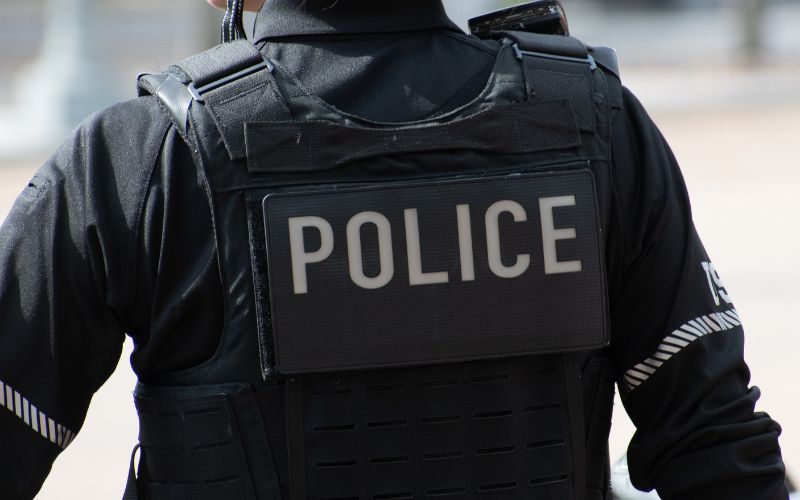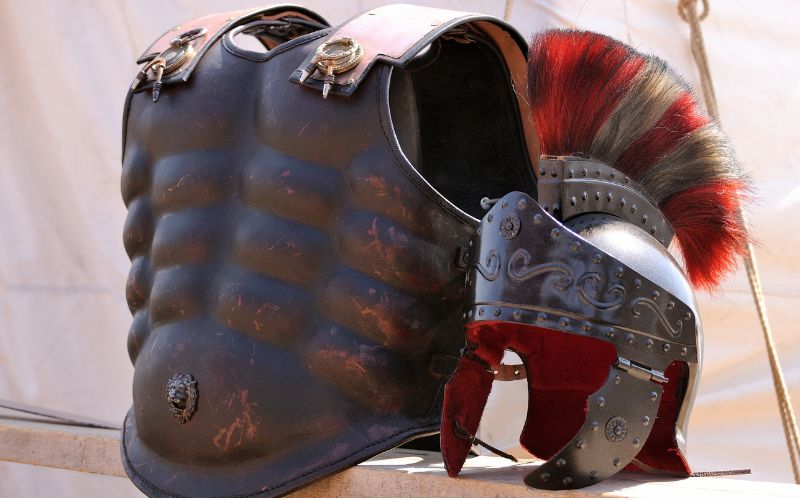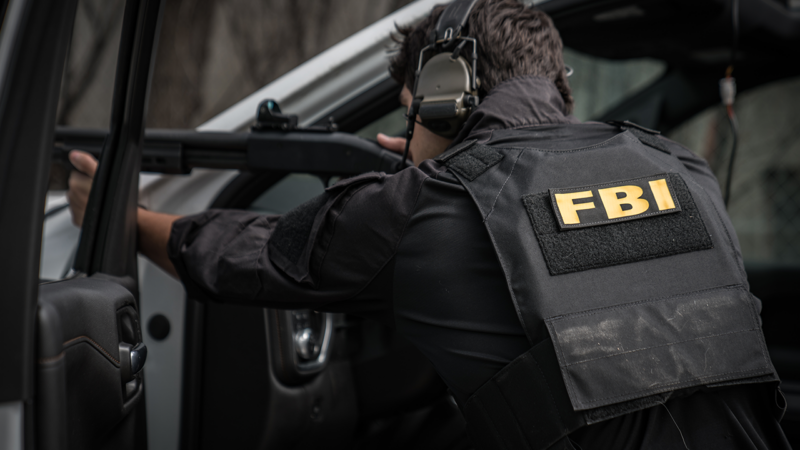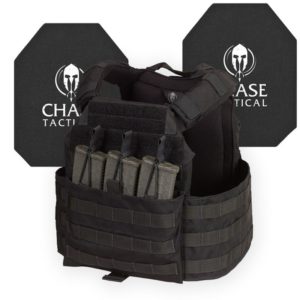Key Differences Between Level III and Level IV Body Armor

The right body armor can make all the difference in personal protection in high-risk activities, such as law enforcement or military operations. Body armor is part of protective gear that can save lives by reducing the chances of injuries resulting from ballistic threats. Therefore, you should know exactly what you are getting into regarding body armor and what levels to look for regarding available levels.
We shall now describe in detail Level III and Level IV body armor. Level III protects against rifle rounds and is an upgraded version designed to protect the wearer of Level IV armor against armor-piercing rifle rounds. Having analyzed every level and its limitations, you should select based on the type of body armor that suits your needs and threat level.
Importance Of Body Armor

Body armor has been one of the most important defenses for military personnel, law enforcement bodies, and civilians who face potentially threatening danger at a particular time. It is designed to absorb or deflect ballistic and stab impacts, reducing the chances of fatal injuries. The right degree of body armor can be the difference between life and death. Therefore, it is essential to appreciate body armor’s various degrees of protection.
Level III Body Armor
The Level III body armor is designed for ballistic protection against rifle-based high-velocity bullets typically fired through a rifle. They are rated at six shots of 7.62x51mm NATO full metal jacket rounds, which constitute the normal ammunition used in an AR-10 rifle. The primary application of the Level III armor is tactical use with bigger calibers used with the rifles.
Major Characteristics Of Level III Armor
Protection from M855 and M80: Another significant advantage of Level III body armor is its ability to stop standard rifle rounds such as the 5.56mm NATO M855 and 7.62mm NATO M80. These rounds are popular in military and police missions and are intended to penetrate most types of armor. The effectiveness of a Level III vest guarantees that it can adequately repel these faster-velocity threats.
Durability: Level III vests are extremely durable, providing long-term protection if well-maintained and cared for.
Size and Coverage: Level III vests come in multiple sizes and configurations to accommodate a wide range of body types. They normally cover critical areas like the torso, and certain models feature optional side panels for extra protection.
Backface Deformation: Although Level III vests provide strong protection, backface deformation (bulging effect in the rear of the armor when it takes a hit) can still happen, leading to blunt force trauma.
Level IV Body Armor
Level IV body armor offers the most protection available in the market. It can resist armor-piercing rounds, which gives assurance in areas with high-caliber and armor-piercing ammunition.
Key Features Of Level IV Armor
- Resists Armor-Piercing Rounds: Level IV armor will resist armor-piercing rounds, including the powerful .30-06 M2 AP round. This is a significant improvement over Level III armor, which cannot stop these high-velocity, penetrating projectiles. This makes Level IV good for serious use where security is paramount.
- Increased Cost: Due to its superior protection, Level IV armor tends to be more costly than Level III vests. The materials utilized in its manufacture—usually high-grade ceramics or composite materials—are more expensive, which increases prices.
- Durability: Level IV’s durability is phenomenal, yet maintenance and material performance must be considered. Plates in Level IV vests that weigh more might not be as comfortable as the equivalent Level III plate, particularly after extended usage.
- Size and Weight: Level IV vests, by the composition of the construction, are generally more cumbersome than the Level III vests. Although they provide greater protection, this can restrict mobility, which is paramount for individuals who need agility in their profession.
Differences Between Level III And Level IV Armor
The differences between these two levels of body armor do make a huge difference as regards your personal needs:
1. Weight Difference between Level 3 and Level 4 Body Armor Plates
Body armor Level 4 is much heavier than Level 3 because the types of material used are thicker and stronger to resist higher-caliber rounds. Generally, Level 3 body armor plates weigh around three pounds each. This amount is manageable and appropriate for long, consistent wear. For example, body armor Level 4 plates weigh between 6 and 7 pounds per plate and can significantly change an individual’s load, greatly impacting mobility and comfort over longer periods. The weight difference is comparable to carrying a light 6-pound bag versus a heavy-duty 15-pound pack, and the former would be much easier to take during periods of extended activity.
2. Ballistic Protection Level 3 and Level 4 Plates
Level 3 body armor is designed to stop bullets commonly fired from an AR-15-type rifle, such as the .223 or 5.56 caliber rounds. The plates will also accept most 7.62 FMJ rounds that are not armor-piercing. That’s a level of protection that most law enforcement officers are wearing in their plate carriers today. However, Level 4 body armor works for even greater threats, including 30-caliber armor-piercing rounds similar in their makeup to what is fired from a 30-06 rifle. This is key in military or high-risk situations because the chances are much higher that you’ll be at risk with higher-caliber ammunition that might be armor-piercing.
3. Proper Storage of Level 3 and Level 4 Body Armor

The Environment could easily affect the integrity of the plates when the armor is stored. Composite body armor can be stored at home because it is less exposed to extreme temperatures. Steel composite body armor plates are recommended if storage in a vehicle, especially in the trunk, is intended. Steel will endure the temperature conditions that may arise in vehicle environments, where temperatures can swing dramatically and potentially subject composite materials to conditions that can degrade them. Therefore, steel plates provide additional life for those who need armor storage in less controlled climates.
4. NIJ Certification and Impact
NIJ is a standard accepted globally regarding how body armor is rated based on its effectiveness, but certification is expensive enough to be prohibitively expensive to most manufacturers. In place, most opt for independent labs, which replicate the NIJ testing protocols, where their products are tested. Manufacturers often announce their plates as meeting or exceeding NIJ standards, so at least a level of assurance in the armor’s ability to protect has been obtained. Not officially certified by NIJ in the first place, the independently tested plates carry some trust when manufactured by a reputable manufacturer that may have published the testing results, which is quite transparent.
How To Choose Your Body Armor
The selection of body armor is one of the most crucial choices for personal protection, and the choice depends upon various factors, including most likely facing threat, location, comfort, and legal restrictions. Here is a guide to help you in choosing the right body armor:
Understanding Threat Levels (NIJ Standards)
The NIJ has criteria for ballistic protection. Body armor comes under various threat levels:
Level III: It protects rifle rounds, like 7.62mm FMJ. It is the first level rated for rifle protection and typically comprises hard armor, either ceramic or steel.
Level IV: protects armor-piercing rifle rounds up to .30-06 AP. This is considered the ultimate level of protection and is the only form of hard armor.
Soft vs. Hard Armor
Soft Armor: Soft armor is made of flexible materials, including Kevlar. Law enforcement primarily wears it because it is light and comfortable. Its levels are mostly IIA, II, and IIIA.
Hard Armor: Hard armor is made with ceramic, steel, or polyethylene plates. Hard armor generally protects against guns, but feels heavy and clumsy. It should be rated Level III or IV.
Comfort and Fit

To fully protect, body armor must be fitted very well. It must cover your inner body organs (heart, lungs, liver) yet not be too tight or loose. Choose armor with adjustable straps and sizing.
Concealed body armor is more practical and generally soft for standard use. If you carry extra gear, overt armor with MOLLE webbing would be useful.
Material
Body armor is made from different materials:
Kevlar: Used extensively in soft armor. It’s light, strong, and flexible.
Ceramic Plates: These are lightweight but fragile. They stop high-powered rounds from a rifle but may break after an impact.
Steel Plates: Steel body armor is very durable and offers multi-hit capability. However, it is heavy and likely to cause spalling (metal splinters).
UHMPE Polyethylene: Less heavy than ceramic or steel, is resistant to rifles.
Certification
Ensure the armor you use is NIJ certified or meets equivalent standards in your locale. Do not use untested armor, as it most likely does not provide the protection it advertises.
Conclusion
Level III and IV body armor substantially protects their corresponding threat environments. Choose the one that best suits your expectations of the threats you might face relative to cost, comfort, and physical endurance required to perform daily work or lifestyle.
Frequently Asked Questions
Is Level IV body armor legal for civilian use?
Civilians are authorized to purchase and wear Level IV body armor, though some states have specific regulations limiting or restricting a civilian from possessing body armor.
How often is body armor to be replaced?
Most body armor manufacturers recommend replacing it every 5 to 10 years, depending on usage and maintenance. Inspect your armor often for wear and damage.
Can I wear body armor plates concealed?
Yes, and, of course, there are secret designs for body armor that can be worn under clothing to allow one to move around undetected. Such armor can be designed for civilian use in urban situations.


